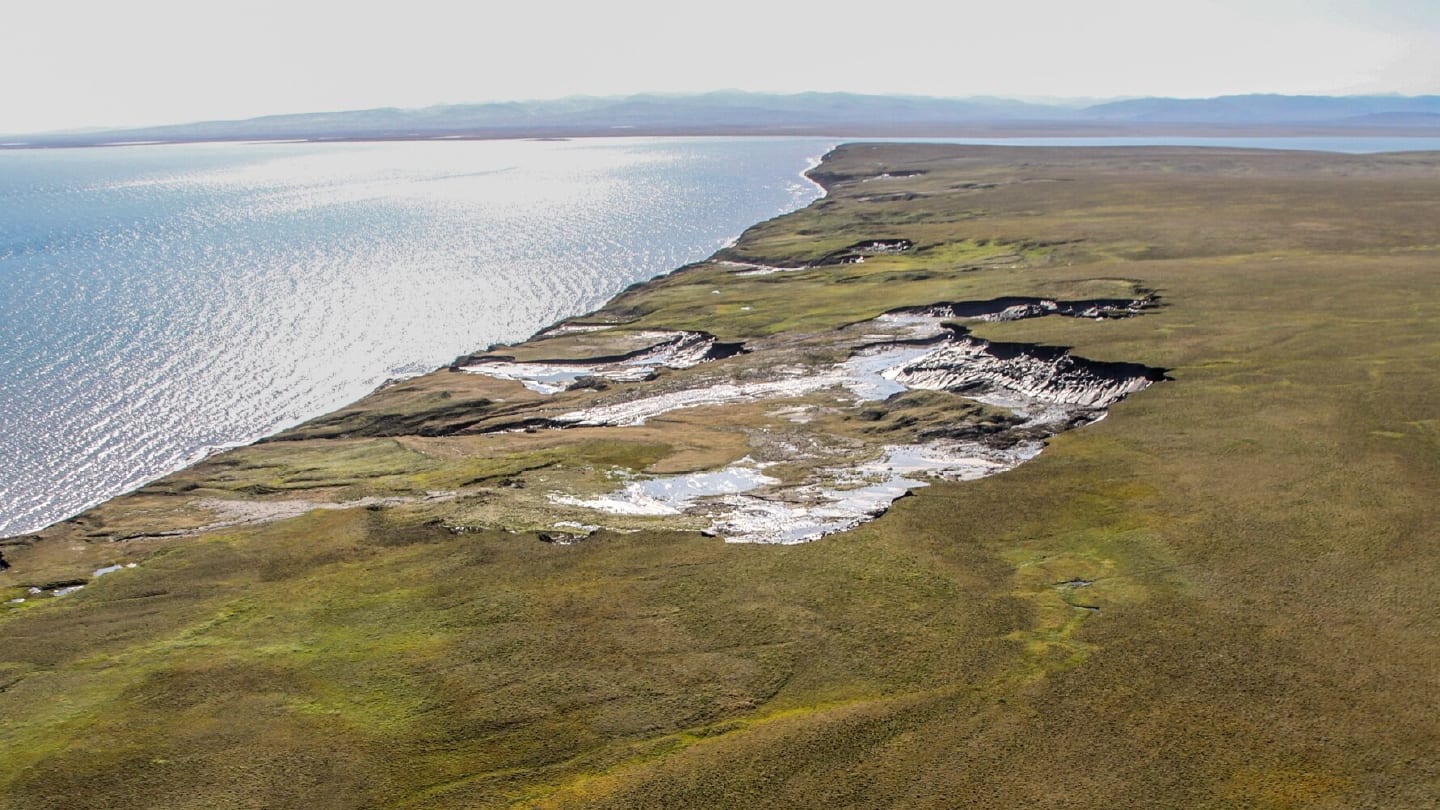
ProKAStination
Cornell University researchers have unveiled ProKAS, a proteomic biosensing technology that maps where and when kinases switch on inside living cells – offering a long-sought window into the molecular circuitry that governs cell growth, stress responses, DNA repair and drug sensitivity. The approach, reported in Nature Communications, uses mass-spectrometry-read peptide barcodes to pinpoint kinase activity with spatial and temporal precision.
Kinases regulate nearly every cellular process, yet their signalling networks have been notoriously difficult to track. “Given the challenges with current technologies, it was important that we completely reimagined the way we can read kinase activity and provide spatial resolution,” said senior author Marcus Smolka. “We use mass spectrometry to read the activity, and this is a different approach to tracking kinase action in cells compared to microscopy-based techniques.”
ProKAS functions by introducing engineered peptides that mimic natural kinase substrates, each carrying a unique amino-acid barcode marking its subcellular location. When a kinase modifies a peptide, LC–MS/MS detection reads both the phosphorylation event and its barcode, generating a multiplexed map of enzyme activity across different cellular compartments.
Using ProKAS, the team tracked the DNA-damage response to anticancer drugs, resolving distinct activity patterns of ATR, ATM and CHK1 – including subnuclear differences not detectable with previous tools. The platform is already scalable: the researchers can analyze 36 samples in a single 30-minute MS run, with plans to expand to hundreds.
With its modular peptide design, ProKAS could enable high-throughput kinase profiling and accelerate drug-mechanism discovery, offering what Smolka calls “a huge value” for both basic research and pharmaceutical development.
Two-Dollar Detox Detector
Researchers from Nanjing University and Nanjing Normal University have designed a low-cost ion-selective sensor capable of rapidly detecting toxic perchlorate in wastewater from fireworks production. The study, published in Environmental Engineering and Nanotechnology, describes a porphyrin-based ionophore that enables portable, real-time monitoring of a pollutant known to disrupt thyroid function and contaminate surface and drinking water.
The team built a liquid-contact ion-selective electrode (ISE) using a polyvinyl chloride (PVC) membrane embedded with a custom porphyrin derivative – iron(III) meso-tetraphenylporphine chloride (FeIIITPPCl) – chosen for its high selectivity toward perchlorate ions. The sensor detects target ions within five seconds across a broad pH range, achieving recovery rates exceeding 96 percent in fireworks wastewater and over 104 percent in spiked surface water samples.
“ISEs are known for their simplicity and field deployability, yet their selectivity often lags behind complex lab instruments,” said Wentao Li, principal investigator. “By using this specially designed porphyrin-based carrier, our sensor can spot perchlorate ions at very low levels and resist interference from similar anions.”
With a production cost below two dollars per unit, the portable device offers an affordable tool for continuous field testing, providing a practical safeguard for communities and industries exposed to perchlorate contamination from fireworks and related manufacturing activities.
Terrestrial Carbon Found Deep in the Central Arctic Ocean
A new Nature Geoscience study has revealed that 16% of the dissolved organic carbon (DOC) in the central Arctic Ocean originates from land, carried offshore by thawing permafrost, river discharge and coastal erosion. The finding, led by researchers at the Alfred Wegener Institute (AWI), provides the first depth-resolved map of terrestrial DOC in the Arctic and shows that much of this carbon persists far longer and travels far deeper than previously believed.
Using a new analytical approach built around ultrahigh-resolution Fourier-transform ion cyclotron resonance mass spectrometry (FT-ICR MS), the team measured thousands of individual molecular formulas in seawater collected during the MOSAiC expedition. This allowed them to distinguish terrestrial from marine organic matter and assess the degree of chemical degradation across the water column. “This matter constitutes a large reservoir of organic carbon in the ocean, rivalling the amount of atmospheric CO₂ in scale,” said first author Xianyu Kong in a recent press release.
The researchers found that land-derived DOC is not restricted to surface waters transported by the Transpolar Drift. Instead, substantial amounts persist in deep Arctic waters, suggesting that some terrestrial compounds are chemically stable enough to be exported into the North Atlantic Deep Water, linking Arctic warming to global carbon cycling.
“With Arctic warming accelerating, inputs of terrestrial organic matter are expected to increase,” Kong said. “These findings are an important basis for predicting how inputs from land affect Arctic marine ecosystems and the Arctic carbon inventory in a warming climate.”
Also in the News
Multiomics Improves Late-stage Melanoma Survival
How a single-cell proteomics test, run on a standard pathology slide, can reshape treatment decisions. Read more.
Ancient DNA Links Crimean Neanderthal to Siberia
Multi-omics analysis reveals unexpected genetic ties between a Crimean Neanderthal and distant Siberian populations. Read more.
Blood-Brain Barrier Stays Intact in Alzheimer’s Model
New findings suggest the brain’s defences hold steady in Alzheimer’s models, challenging assumptions on permeability. Read more.




